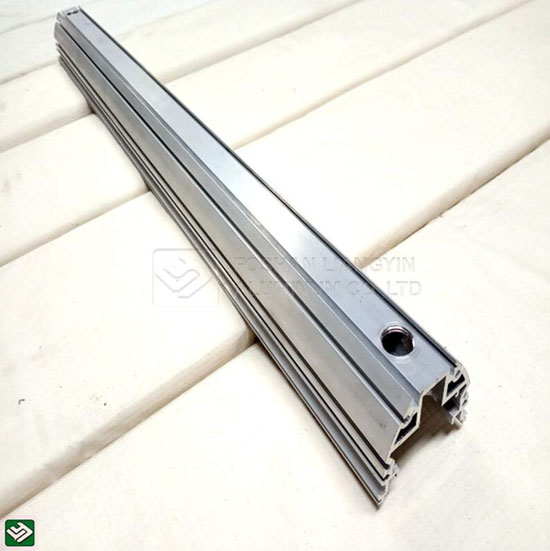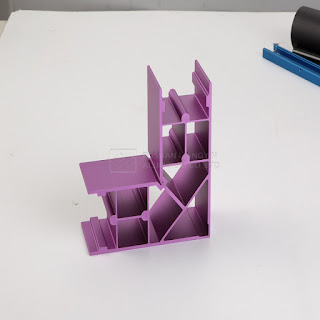Comparing aluminum alloys for aluminum machining
CNC machining is a versatile manufacturing process that is applicable to a wide range of materials. However, the process is more commonly used in the manufacture of products using aluminum, known as aluminum machining. Aluminum machining is a process that involves the use of aluminum in the manufacture of products because aluminum comes in a variety of grades. Aluminum is highly machinable and relatively inexpensive, and the different types of aluminum alloys are suitable for a myriad of machining applications. This includes rigid building components, aerospace parts manufacturing, and more.
In fact, the different types of aluminum alloys offer some unique and distinct advantages when used for machining. They offer a wide range of options, providing you with tremendous flexibility when starting a machining project. However, narrowing down the best aluminum alloy for the job also becomes more difficult.
This guide attempts to provide a quick comparison of the five most common machined aluminum alloys. It does this by introducing the aluminum alloys, highlighting their composition, common applications, and the industries in which they are often used.

What is an alloy?
Alloys are metals that are mixed with other metallic or non-metallic elements. Aluminum alloys are materials used for machining and are composed primarily of aluminum and other elements such as iron, copper and magnesium.
Machining aluminum alloys depends to a large extent on their composition. Therefore, different aluminum alloys are suitable for different applications. It is worth noting that the mixture of other elements affects the physical properties of the alloy, such as strength, ductility and corrosion resistance. Therefore, knowing these properties can help a company determine if the material is suitable for a given part.
The aluminum alloys used are divided into three groups: commercially pure aluminum, heat treatable alloys and non-heat treatable alloys. Commercially pure aluminum is rarely used for aluminum fabrication (however, aluminum 1060 is used for machine parts). Therefore, this article focuses on the five alloys in the latter two groups.
The most common aluminum alloys Aluminum machining
There are several ways to classify the different types of aluminum used in CNC machining. One common practice is to use aluminum grades such as 1xxxx, 2xxx, to 7xxx. The difference is in the composition, which affects the properties of the different aluminum alloys. However, in this article, we will not discuss all series of aluminum alloys. Instead, we will introduce the most common aluminum alloys for processing by their heat treatment properties.
1. Heat-treatable alloys
✱ Aluminum 2024
Aluminum 2024 is one of the most common aluminum alloys used for machining in the 2xxx group.
It is a widely used "hard aluminum" aluminum and copper alloy material with an excellent strength-to-weight ratio. It is also fatigue resistant, but is quite susceptible to corrosion.
Tensile strength: 68,000 psi.
Key alloying elements: Copper
Industries: Automotive, aerospace, transportation.
Products: Automotive parts, aircraft parts, transportation vehicle parts, structural parts, electronics.
✱ Aluminum 6061
Aluminum 6061 is one of the most commonly machined aluminum alloys in the 6xxx series. It is also one of the most versatile of all machinable alloys, making it the preferred choice for CNC machining. Aluminum machining uses aluminum 6061 to manufacture a wide range of products. This includes electronic and aircraft components.

评论
发表评论